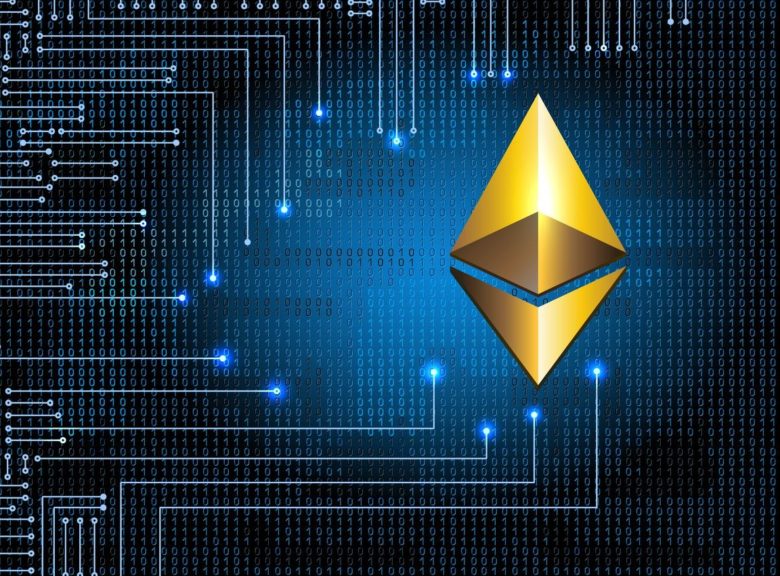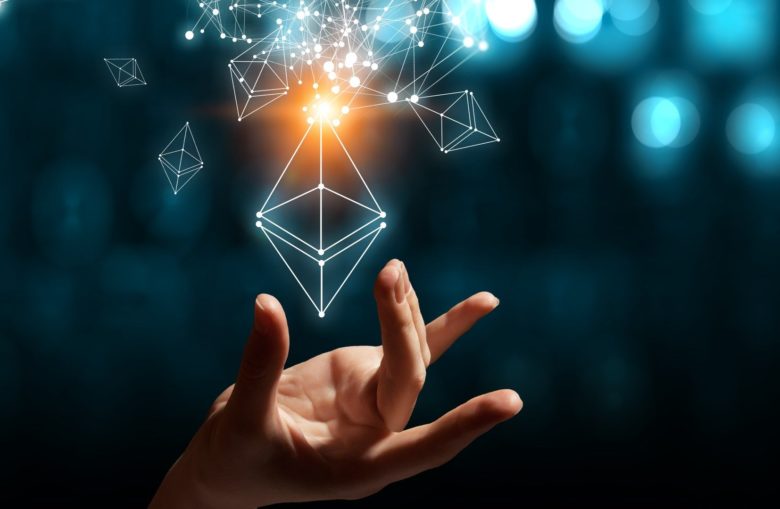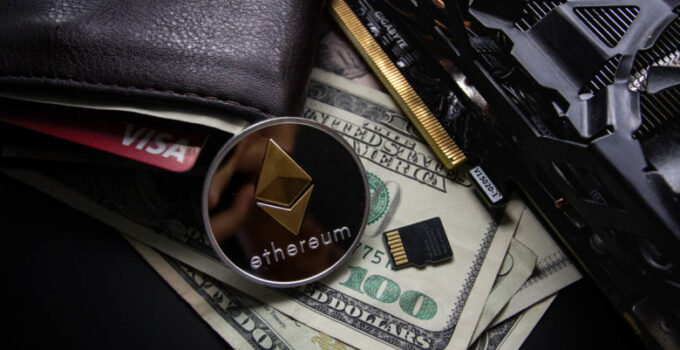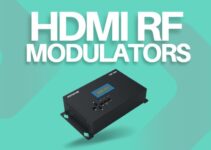Ethereum deserves a special place in the world of cryptocurrencies as it represents an important and great innovation in this segment. Until relatively recently, in order to build a blockchain application, you had to have knowledge of programming, cryptography, mathematics, as well as considerable resources. This has changed a lot with the appearance of this invention. This blockchain-based open software platform was launched in mid-2015, allowing developers to create and run smart contracts and decentralized applications. And, with its progress, some processes considered impossible to carry out saw the light of day. It made it possible for various ideas to be developed at a rapid and high-quality level using their blockchain.
On the other hand, “mining” is the term used in the world of cryptocurrencies to describe the process by which tokens are obtained from a blockchain network. In the case of Ethereum, this is one of the most profitable ways to get ETH. Sounds easy to say, but what really is the case is that all this hides an infinitely large and complicated world that mixes accounting, programming and finance. That’s why people should make sure to dedicate themselves to this only if they truly want to understand and get the essence of this job.
In this mini-guide for year 2024, we’re ready to show you some fundamental steps to follow in order to mine Ethereum successfully. Or better said, here you’ll be able to find most things necessary to start mining. Impatient to hear this? Wait no more.
About

Img source: hacked.com
Ethereum mining is the placement of computers to run a program to solve complex mathematical problems and get paid for it. Don’t let this fool you. It might look or sound easy, however, it’s not a simple task. At all. It requires many resources, a lot of time and processing power.
Miners receive rewards in exchange for providing solutions to complex mathematical problems using blockchain technology, exactly as with Bitcoin. They make the network stay stable and secure, in charge of releasing new ETH and verifying the transactions made by any user, which will eventually be added to the blockchain. If you’re not quite sure how this works, you can find some explanations and help on platform Binaryx.com which also offers the possibility to buy and sell Ethereum. Our job today is to answer the crucial questions which could be of great significance.
How to choose gear?

Img source: goodfon.com
Choosing the equipment to help us mine isn’t simple. Better said, there’s actually a whole mixture of many important factors to examine before you decide what you should buy. But well, that’s why we’re talking about this today – here are two major points to consider.
- The first one is the actual power of the gear – including the hash rate it offers, and the energy it consumes. Not only is it enough to spend a large sum of money on a graphics card: we must keep in mind that, the higher the power, the greater the electricity consumption you’ll have. Therefore, consider all this to analyze the profitability of the mining you’re doing.
- The second thing to bear in mind is the price. Cheap hardware will undermine Ethereum less, according to common logic, but it’s not always the case. That’s why efficiency and electricity use are important. Of course, more powerful gear will definitely cost more. You certainly want to buy the one that works the best. However, as this type of gear uses a large amount of electricity, make sure to obtain one that will convert the biggest amount into Ethereum.
What equipment do I need?
As we could see in the previous section while discussing the factors to consider, sometimes we might need a much more powerful computer than we actually can have on our work table. In cases like this, the ideal scenario would be to put together your own working equipment especially for the extraction of cryptocurrencies from a chain of data blocks.
Here are some things you’ll need for sure:

Img source: allbusiness.com
- Alright, this might sound contradictory since we’ve previously indicated that we need powerful equipment. However, the workload is focused on other, more significant components. That’s why you don’t need to break your head over choosing a processor. A decent piece capable of allowing you to run Windows 10 or Linux will do.
- A graphics card (a GPU). This is a component manufactured to improve the visual quality of a computer. In the mining process, the whole weight of the processing falls to this device. The more powerful the GPUs are, the greater the outcome would be. There are currently different types of GPUs, but for this, we must look at the consumption-processing power-price ratio at the time of choosing.
- Power supply. While this type doesn’t really consume as much energy as Bitcoin, it’s necessary to have a powerful energy source. It will depend basically on the amount of GPUs of the equipment and the energy consumption of the same. For example, for a device with six NVIDIA GTX 1070 boards, a power supply of at least 1200W would be required.
- Multi-slot motherboard. The motherboard will be the device responsible for unifying the whole system. In this case, the ideal would be to have one with enough slots to connect as many GPUs as we want or need. A board with six PCI Express slots would allow us to insert six GPUs like those mentioned above. As mining has become so popular, there are manufacturers who started developing special boards for this purpose.
- PCI Express extenders called They allow us to place the GPUs on the board since, due to their width and size, in most cases it’s not possible to place them directly on the board next to each other.
- Necessary for using and seeing the operating system and mining software.
- Standard hard disk. About 120GB of storage and a DDR3 or DDR4 RAM with a minimum of 4GB.
- Computer case. For the purpose of this process, it should be an open type case so that all the components fit into it and it’s easier to maintain and replace them.

Img source: microsoft.com
Regarding software necessary to perform the process, there’s really a bunch of programs that allow you to do it from your computer. Some of them are Claymore Dual Miner, Minergate, Geth-Frost, Ethminer and CGMiner.
As soon as you obtain both hardware and software, you can start following the instructions of the software and start mining. However, unless you have the necessary resources, performing the process on your own will not be a profitable business.
And finally, how big are the costs of Ethereum mining?
When we talk about mining costs, this is where the current consumption that your equipment needs to keep working 24 hours a day comes into play. To determine the costs of the computer equipment we need to calculate the consumption KWH. Regarding the hardware, the most expensive components of the whole team are the GPU. Cryptocurrency mining has created a strong demand for these and today they’re a bit scarce. However, if we need to make a rough assessment, let it be approximately between 1000 and 2500 euros.
To conclude the story – by mining or investing in Ethereum, you help to stay decentralized and at the same time you get rewarded. Blockchain technology and the Ethereum network have already proven their value. Several decentralized applications have been successful and the market response is excellent. This is why we can hope that, as more people begin to foster the platform that Ethereum has created, we should see even greater results within this field.




